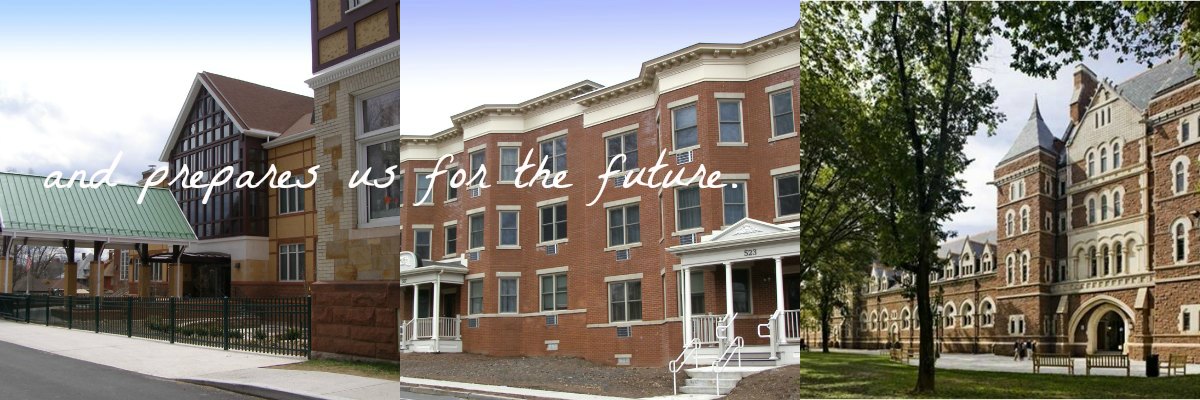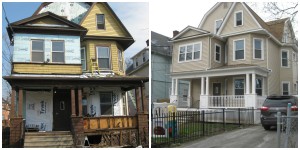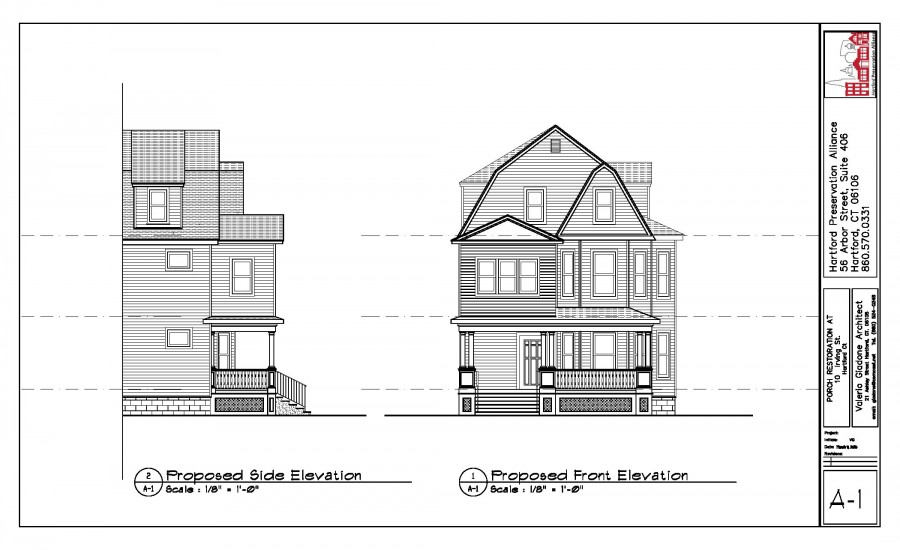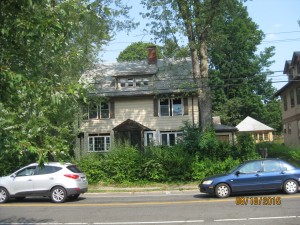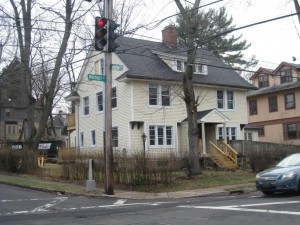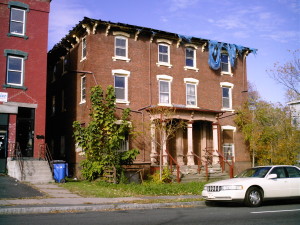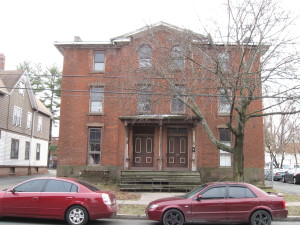Last weekend I attended a housing forum organized by the Blue Hills Civic Association: It was organized by my friend Maurice Robertson and came together as one truly potent resource for home owners and prospective buyers. A wide range of topics were discussed from lead-based contaminants to first-time home buyer mortgage programs. My role was to talk about the incredible financial resource in utilizing the State of Connecticut Homeowner Tax Credits for properties listed as historic or incorporated in an historic district.
Hartford suffers from a very weak percentage of homeowners. The overall rate of ownership is about 24%; in my neighborhood that rate hovers at 11%. This is a disturbing statistic for a city which is in great need of a base of property owners. It is practical to say that a homeowner represents someone who has made an investment here and works that much harder to create stability. Please, this takes nothing away from those people who rent, as an affordable housing developer I firmly believe that a long term lease and a good landlord represents an asset for any household. Still the base of homeowners is a foundation for any vibrant community. Blue Hills Civic Association recognizes the benefit to educate and encourage property owners in its community.
Aside from the various city resources and programs to help property owners all of which can offer great assistance to homeowners I took particular note of the presentation by Chris Galvez from the Connecticut Housing Finance Authority:
We learned that CHFA has “targeted” Hartford to make home buying easier and more flexible to attract households in the City. His array of programs is impressive and demonstrate a true commitment to encouraging buyers to invest here, in our communities and to put down roots. I want to applaud Chris and CHFA for their wonderful work on our behalf. We are so encouraged to have dedicated partners who can provide real support for Hartford’s future.






